Step into the realm of camping safety, where the thrill of the wilderness meets the assurance of a secure adventure. In our exploration, we’ll uncover invaluable insights on navigating nature’s wonders without compromising on safety. From mastering the art of setting up a campsite to understanding how to handle unexpected challenges, we’ve got you covered. Embrace the excitement of the great outdoors armed with the knowledge to safeguard your journey. Are you ready to elevate your camping experience? Let’s delve into the essentials together and ensure your next outdoor escapade is not only exhilarating but also secure. Because in the world of camping, knowledge is your compass, guiding you to a worry-free and memorable journey. Let’s embark on this insightful adventure – safety first, adventure always!
1. Choose a Safe Campsite
The foundation of a secure camping experience begins with the selection of the right campsite. Seek well-drained grounds away from potential hazards such as trees and bodies of water. Avoid camping in low-lying areas prone to flooding and be cautious of unstable terrain.
2. Communicate Your Plans for Safety
Before setting out, share your camping itinerary with a trusted friend or family member. Clearly communicate your destination, the duration of your trip, and any specific activities you plan to undertake. This ensures that someone is informed and can initiate assistance if needed.
3. Stay Vigilant of Your Surroundings
Vigilance is your ally in the outdoors. Stay aware of your surroundings, identifying potential hazards such as poisonous plants, wildlife, and changes in weather conditions. Regularly assess your campsite for safety, adapting to any evolving situations.
4. Emergency Preparedness
Pack a comprehensive first-aid kit, a reliable flashlight, and essential emergency supplies. Familiarize yourself with basic first-aid procedures and ensure your emergency kit is easily accessible. Preparedness is your best defense against unforeseen circumstances.
5. Stay Safe and Exercise Caution with Fire
If a campfire is part of your camping experience, exercise caution. Build the fire in a safe location away from flammable materials, and always keep it under control. Never leave a campfire unattended, and extinguish it completely before leaving the area.
6. Respect the Environment
Embrace the principles of Leave No Trace. Pack out all trash, dispose of waste responsibly, and minimize your impact on the environment. By respecting nature, you contribute to the preservation of the wilderness for future generations.
7. Inform About Specific Activities:
If engaging in specific activities like hiking, inform someone about your plans. Provide details about your route, expected return time, and any alternate plans you may have.
8. Implement the Buddy System
In remote areas or when engaging in challenging activities, bring a buddy. Having a companion enhances safety and ensures someone is there to assist in case of an emergency.
9. Prioritize Water Safety
When swimming in unfamiliar lakes or rivers, inform someone about your plans. Pay attention to water currents, potential hazards, and always prioritize safety when engaging in water activities.
10. Insect Protection
Protect yourself from insects by wearing effective repellent. Guarding against mosquitoes, ticks, and other insects is crucial for a safe camping experience.
11. Hydration and Sun Protection
Stay well-hydrated, particularly in hot weather, and carry an ample supply of water. Wear sunscreen to shield your skin from the sun’s harmful rays.
By incorporating these comprehensive camping safety measures into your outdoor routine, you not only ensure your well-being but also elevate your camping experience. Whether you’re a solo adventurer or part of a group, prioritizing safety allows you to fully immerse yourself in the wonders of nature with confidence. Safe travels, and may your camping journey be filled with joy and unforgettable moments!
Ensuring Safety and Health While Camping: Your Ultimate Guide to Essential Equipment and Proper Usage
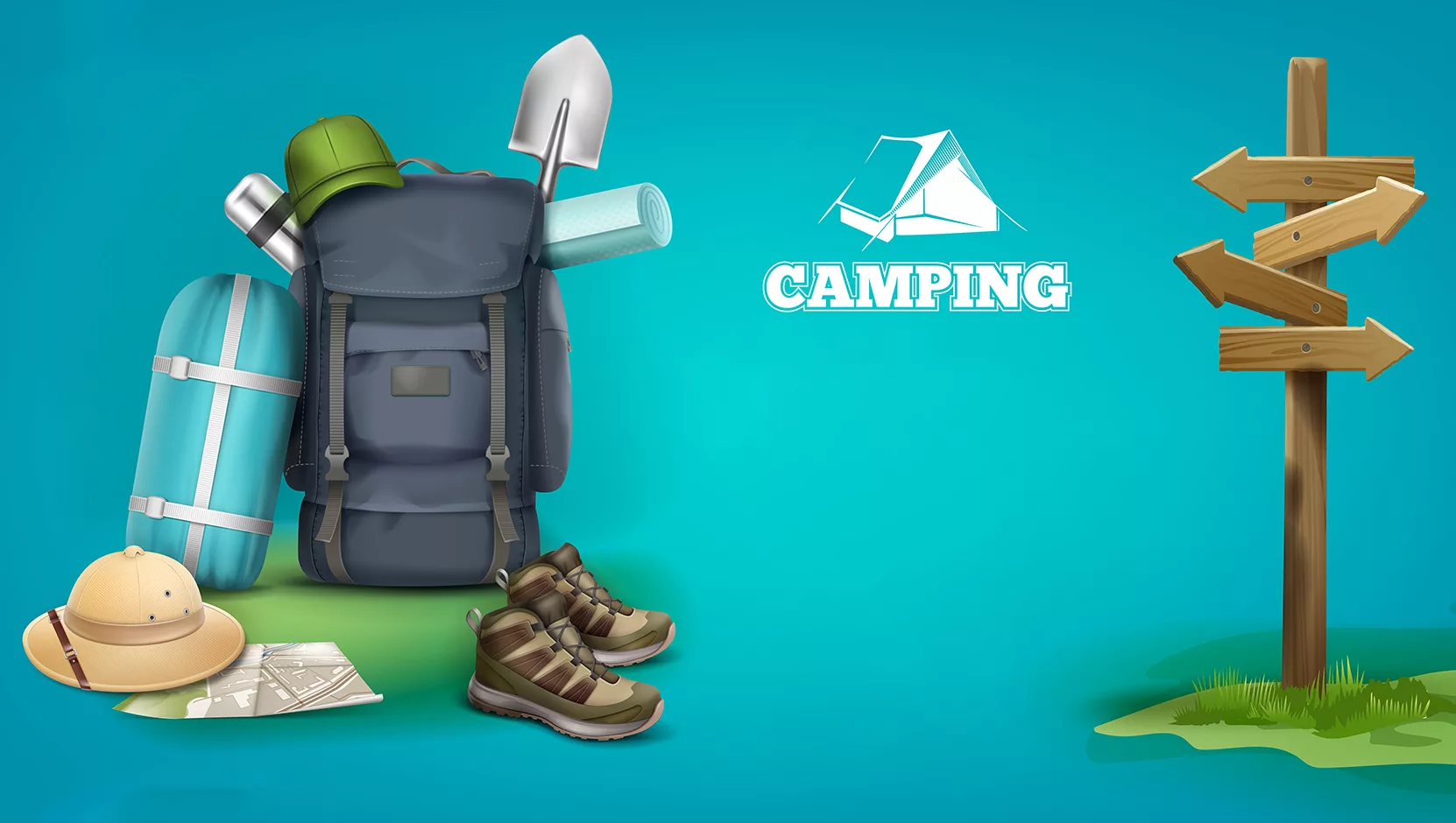
Camping offers a delightful escape into nature, but it’s crucial to prioritize safety and health throughout your outdoor adventure. In this comprehensive guide, we’ll explore the essential equipment you need to safeguard yourself and promote well-being during your camping excursions. Let’s dive into the world of camping safety and health, ensuring you’re equipped with the knowledge and tools necessary for a memorable and secure outdoor experience.
1. First Aid Kit:
Every camper should carry a well-equipped first aid kit. Include bandages, antiseptic wipes, pain relievers, adhesive tape, and any personal medications. Familiarize yourself with the contents and basic first aid procedures to address minor injuries promptly.
2. Navigation Tools
Reliable navigation tools are essential for staying on course during hikes and explorations. Carry a map and compass, and consider a GPS device as a backup. Acquire basic navigation skills to ensure you can find your way in various terrains.
3. Fire Safety Gear
Proper fire safety gear is crucial for campfires. This includes a fire extinguisher, a fire-resistant blanket, and waterproof matches. Understand how to build and manage a safe campfire, and adhere to local fire regulations.
4. Water Purification System
Ensure access to clean water with a portable water purification system. This can include water purification tablets, a portable water filter, or a UV water purifier. Proper hydration is essential for health, and clean water is a non-negotiable aspect of camping safety.
5. Weather-Appropriate Clothing
Dressing for the weather is fundamental for both safety and health. Pack layers to stay warm in colder temperatures and protect yourself from sun exposure in warmer climates. A waterproof jacket and sturdy boots are also essential for varying weather conditions.
6. Camping Stove and Cookware
A reliable camping stove and cookware are vital for preparing safe and nutritious meals. Ensure your stove is in good working condition, and use cookware that is suitable for outdoor cooking. Practice safe cooking practices to prevent accidents.
7. Insect Repellent
Protect yourself from insect-borne diseases by using effective insect repellent. Choose a product with the appropriate level of DEET or other recommended ingredients, and apply it according to the instructions. This simple measure goes a long way in ensuring your health during outdoor activities.
8. Illumination Devices
Illumination is crucial for nighttime safety. Pack a reliable flashlight or headlamp with extra batteries. Consider solar-powered lanterns for eco-friendly lighting around the campsite. Proper lighting enhances safety and allows you to navigate your surroundings with ease.
9. Shelter and Sleeping Equipment
Your shelter is your haven in the outdoors. Ensure you have a quality tent, sleeping bag, and sleeping pad suitable for the expected weather conditions. Practice setting up your tent before the trip to familiarize yourself with the process.
10. Personal Safety Gear
Personal safety gear includes items like a multi-tool, a whistle, and a compact survival kit. These small but essential items can be invaluable in unexpected situations. Carry them with you at all times while exploring.
By prioritizing these essential safety and health measures, you not only protect yourself but also enhance the overall enjoyment of your camping experience. Familiarize yourself with the proper usage of each item, and make safety a non-negotiable aspect of your outdoor adventures. Happy and safe camping!


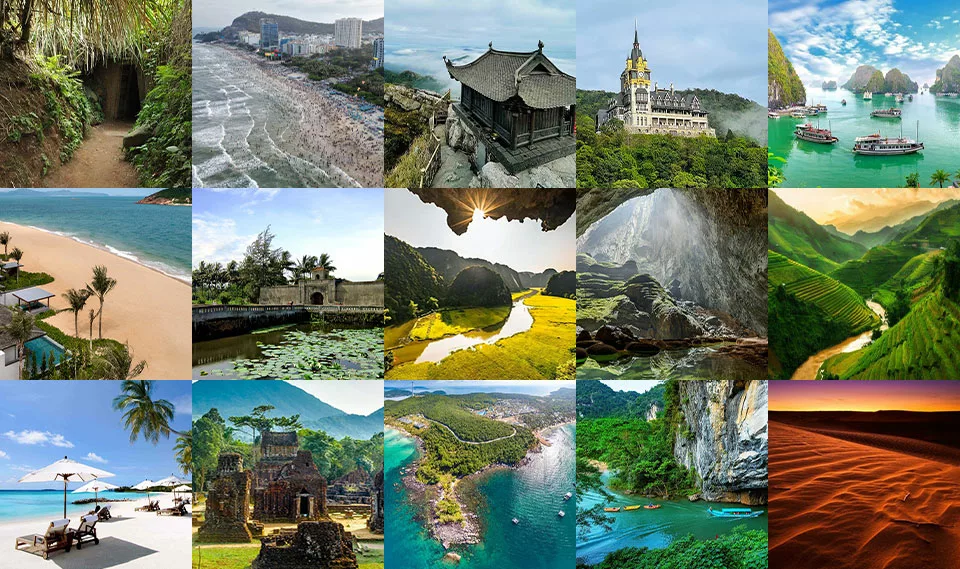


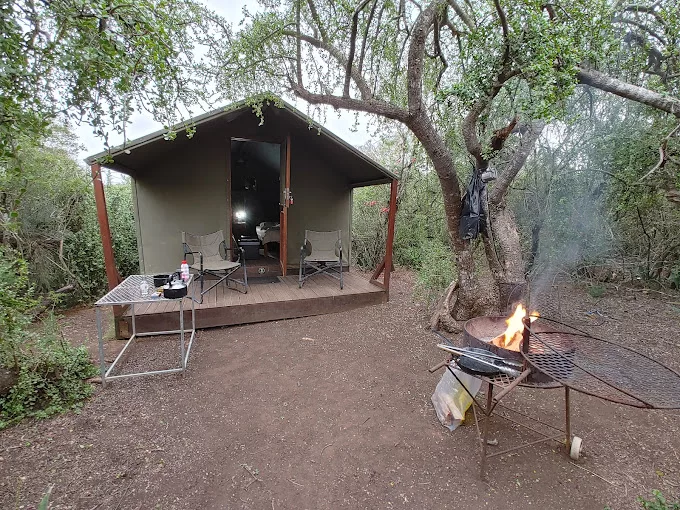

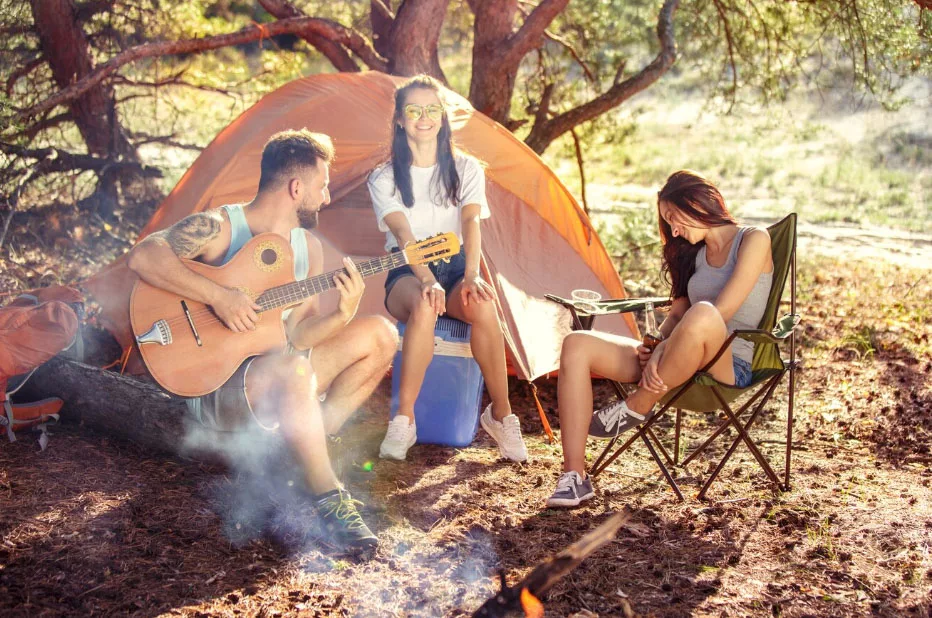
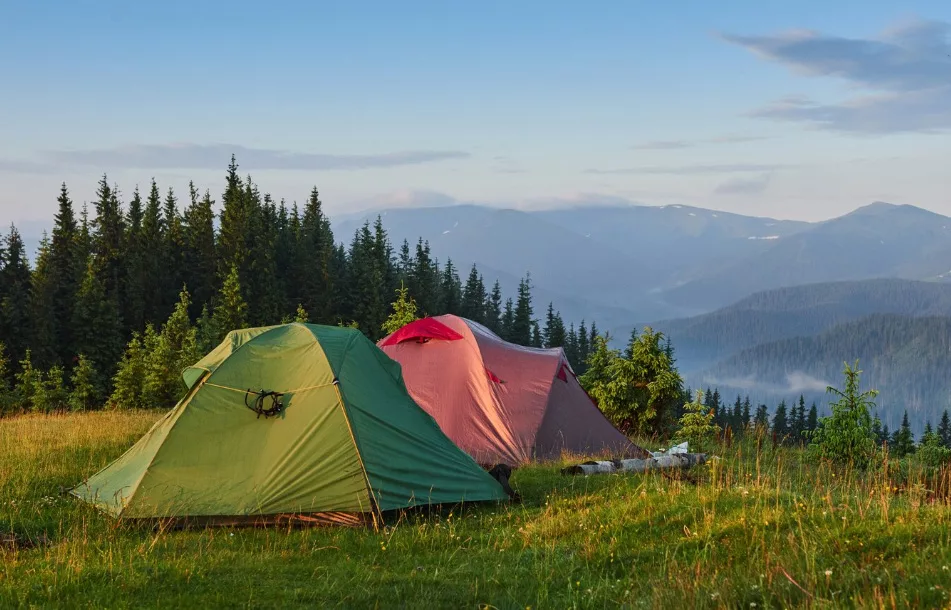

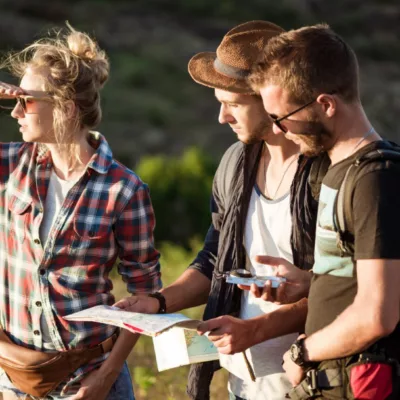
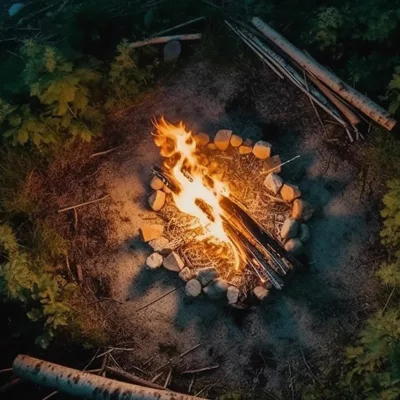

No Comment! Be the first one.